Residents in mountainous areas of Taichung have reported picking up radio broadcasts from China, local media reported yesterday.
Residents in Taichung’s Dongshi (東勢), Heping (和平) and Shigang (石岡) districts, and the Dasyueshan National Forest Recreation Area reported picking up Chinese broadcasts when their radios were tuned to FM96.7.
The broadcasts were reportedly part of a program called Voice of Fujian from China’s state-run Fujian People’s Radio, the Liberty Times (sister paper of the Taipei Times) said.
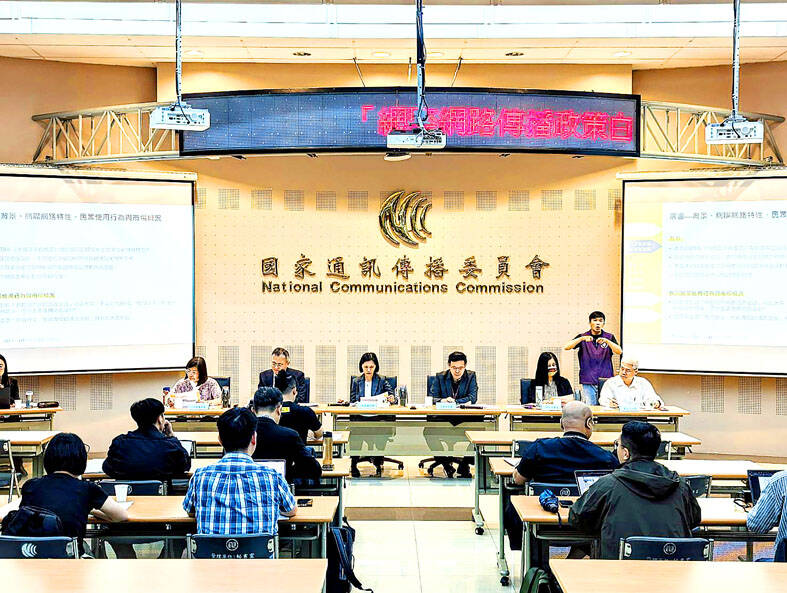
Photo: Wu Liang-yi, Taipei Times
The content was primarily “united front” propaganda, the report cited residents as saying.
The National Communications Commission (NCC) said that it would send personnel to Taichung to investigate the situation, adding that the frequency belongs to Uni FM96.7.
One person cited in the report said that they attempted to tune in to Uni FM96.7 on a recent drive to the national park, but heard the Chinese broadcast instead.
Upon arriving back in Dongshi, they checked the radio again and found that they were still receiving the Chinese program, it said.
A Liberty Times reporter traveled to Taichung to corroborate the report, and on their radio heard: “The time is now 2pm Beijing time. This is the news from Fujian People’s Radio.”
The Chinese Communist Party (CCP) has always targeted Taiwan using radio broadcasts, but those typically only reach Taiwan when local signals are weaker, a source said.
The NCC said it would send personnel to the affected areas for signal testing and to gather detailed information, adding that relevant government agencies would jointly assess and formulate countermeasures.
“When China uses certain frequencies, we sometimes see signal spillover, so that is what we will be looking for,” NCC Secretary-General Huang Wen-che (黃文哲) said.
To address similar situations in the past, authorities would avoid leaving radio frequencies unused, he said.
With AM frequencies in particular, the military has disrupted Chinese signals by broadcasting blank noise, he said, adding that for FM channels, countermeasures often include boosting local frequencies or assigning unused frequencies to police radio networks, he said.
For example, FM94.9 is used by police in Hsinchu, and FM94.7 is used by Tainan police, he added.
“Since infiltration by Chinese programming is considered a national security issue, the NCC will conduct field tests to determine whether the broadcasts are sporadic or sustained,” he said.
Lo Cheng-chung (羅承宗), a professor at the National Kaohsiung University of Science and Technology’s Graduate Institute of Science and Technology Law, said that radio broadcasting is not a highly advanced technology, and China could precisely target its radio signals to specific areas.
The clarity of these recent broadcasts suggests that the CCP has increased the power output of its broadcast facilities to target Taichung in its “united front” efforts, he said.
“In the event of war, with power outages or Internet disruptions, people would have to rely on radio broadcasts to obtain information,” he said. “The CCP could exploit this to influence Taiwanese public opinion.”
The issue involves societal defense resilience and must not be taken lightly, Lo added.
While radio is often viewed as an “outdated technology,” people still often listen to radio while driving, he said, suggesting more powerful signals be used to block Chinese broadcasts.
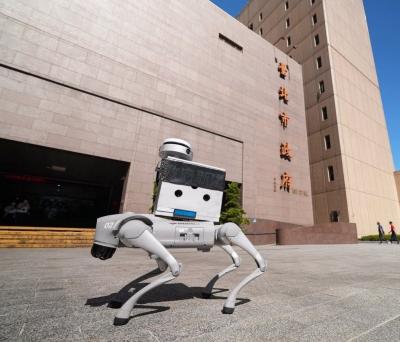
The inspection equipment and data transmission system for new robotic dogs that Taipei is planning to use for sidewalk patrols were developed by a Taiwanese company, the city’s New Construction Office said today, dismissing concerns that the China-made robots could pose a security risk. The city is bringing in smart robotic dogs to help with sidewalk inspections, Taipei Deputy Mayor Lee Ssu-chuan (李四川) said on Facebook. Equipped with a panoramic surveillance system, the robots would be able to automatically flag problems and easily navigate narrow sidewalks, making inspections faster and more accurate, Lee said. By collecting more accurate data, they would help Taipei
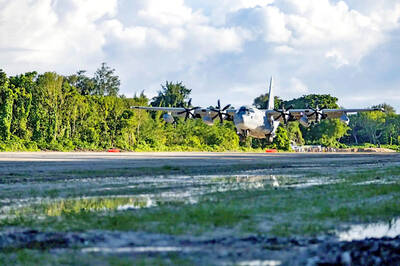
TAKING STOCK: The USMC is rebuilding a once-abandoned airfield in Palau to support large-scale ground operations as China’s missile range grows, Naval News reported The US Marine Corps (USMC) is considering new sites for stockpiling equipment in the West Pacific to harden military supply chains and enhance mobility across the Indo-Pacific region, US-based Naval News reported on Saturday. The proposed sites in Palau — one of Taiwan’s diplomatic allies — and Australia would enable a “rapid standup of stored equipment within a year” of the program’s approval, the report said, citing documents published by the USMC last month. In Palau, the service is rebuilding a formerly abandoned World War II-era airfield and establishing ancillary structures to support large-scale ground operations “as China’s missile range and magazine
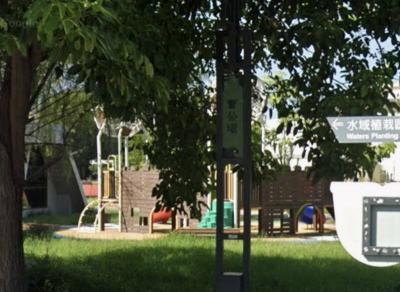
A 72-year-old man in Kaohsiung was sentenced to 40 days in jail after he was found having sex with a 67-year-old woman under a slide in a public park on Sunday afternoon. At 3pm on Sunday, a mother surnamed Liang (梁) was with her child at a neighborhood park when they found the man, surnamed Tsai (蔡), and woman, surnamed Huang (黃), underneath the slide. Liang took her child away from the scene, took photographs of the two and called the police, who arrived and arrested the couple. During questioning, Tsai told police that he had met Huang that day and offered to
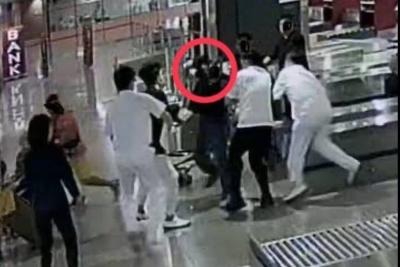
A British man was arrested for attempting to smuggle 14.37kg of marijuana into Taiwan through Taiwan Taoyuan International Airport, Taipei Customs said late yesterday. The man, who arrived from Bangkok at 9pm on Friday, was asked by customs officers to open his luggage during a random inspection, Taipei Customs said in a news release. The passenger, whose identity was not disclosed, refused to open his suitcase and tried to flee the restricted area. He was eventually subdued by three customs officials and an Aviation Police Bureau officer. A later search of his checked luggage uncovered 14.37kg of marijuana buds. The case was handed over